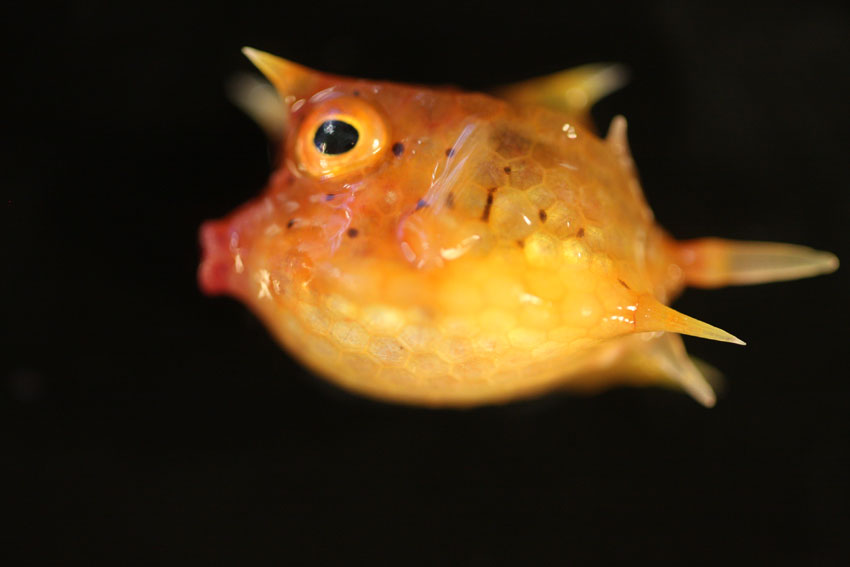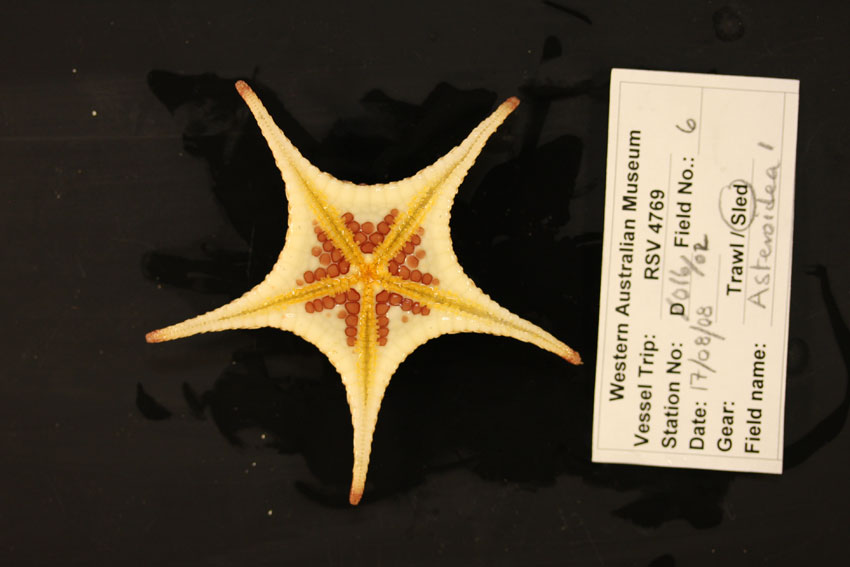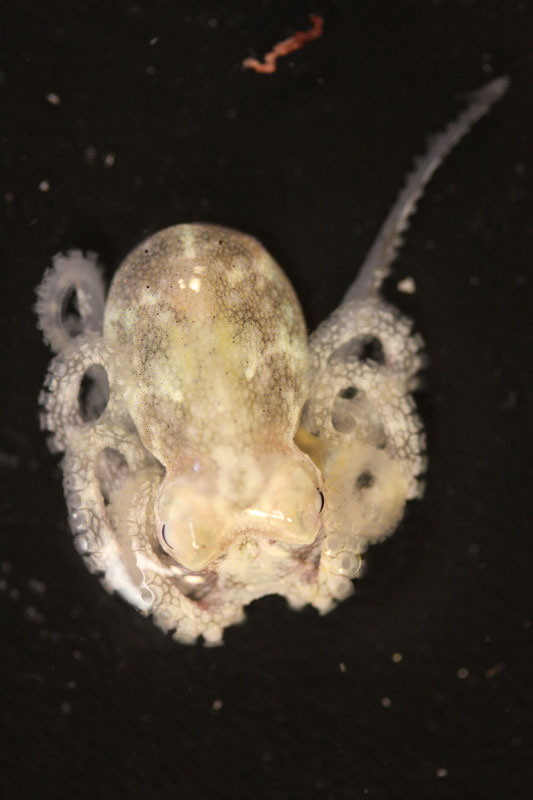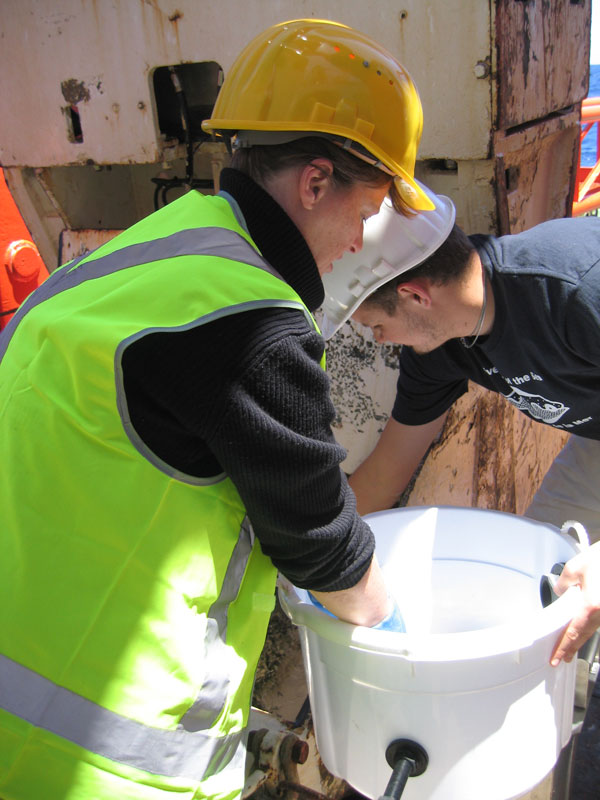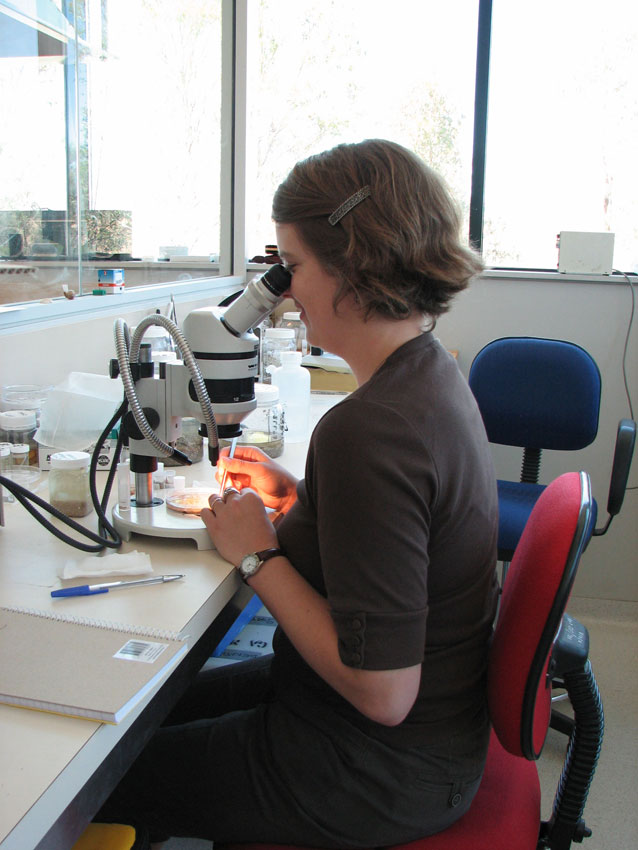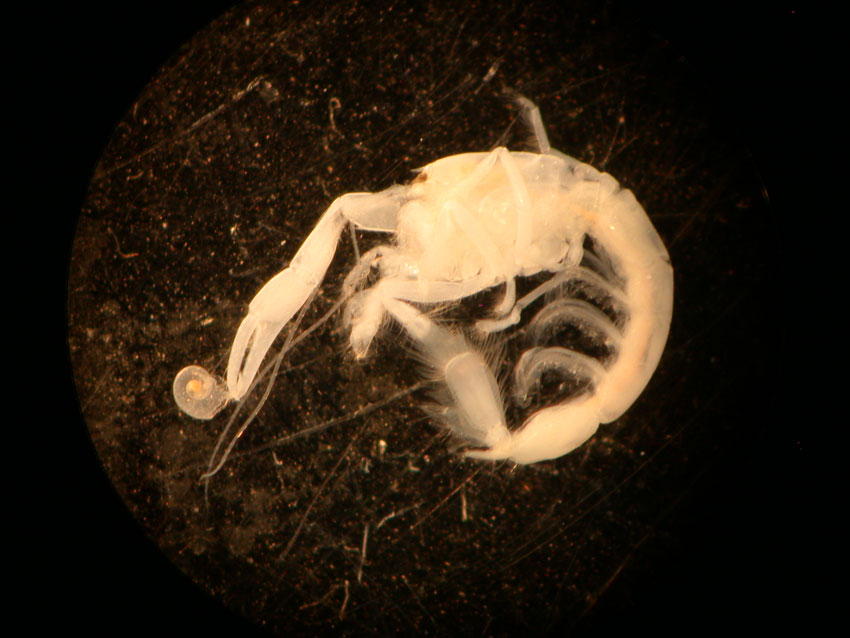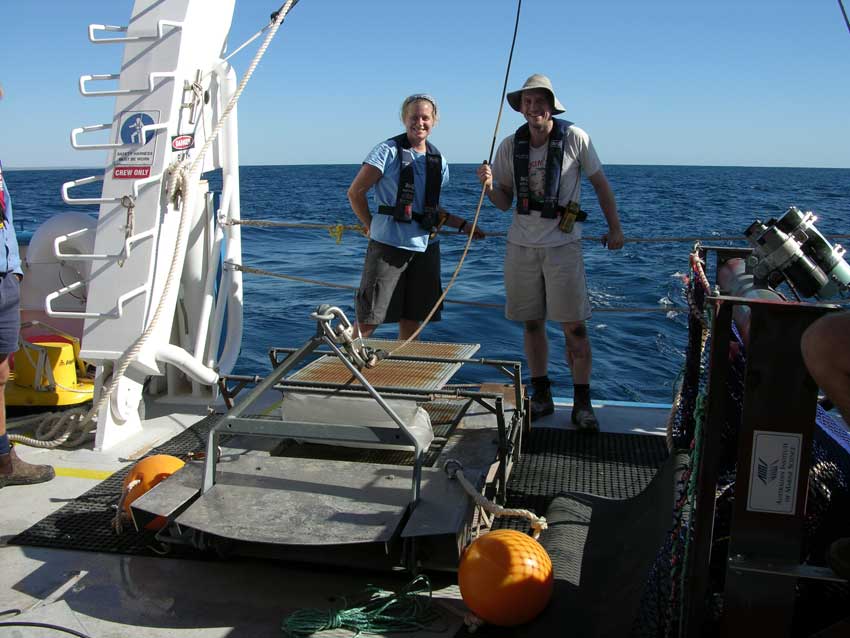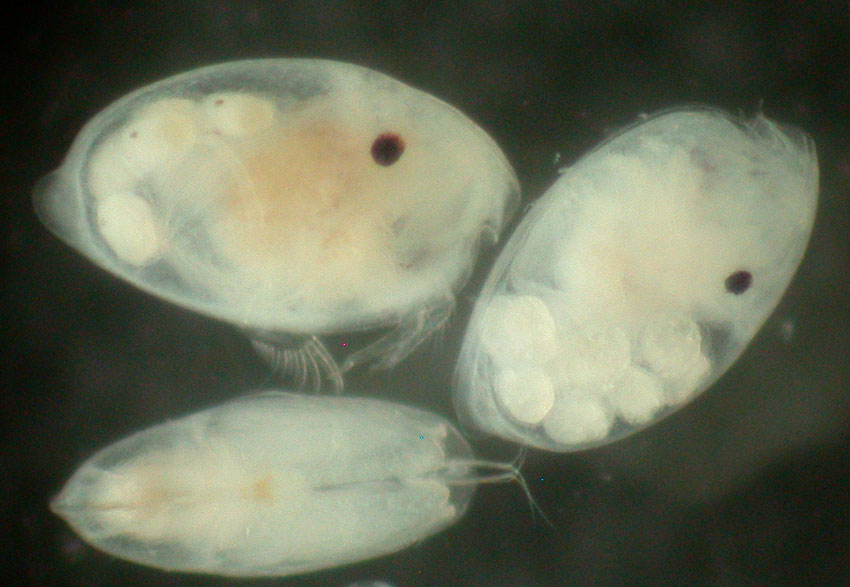Biological Sampling
Page last updated:27 June 2014
The abundance of marine animals and their distribution is determined by a range of physical and biological factors such as:
- food quantity
- temperature
- salinity
- available space and
- broader-scale ocean currents.
To understand which benthic animals live in a variety of habitat conditions, ecologists at Geoscience Australia use a range of methods to sample the seafloor. These methods depend on both the size of the animals of interest and the habitat they occupy. Animals on the seafloor can be classified into two broad groups: epifauna and infauna.
Epifauna live on the surface of the seafloor and include mobile animals like bottom-dwelling fish, seastars, and molluscs as well as sessile animals like sponges, corals, and bryozoans. We use photography and video to observe these animals and collect them using sleds and dredges.
Much of the seafloor is composed of sand or mud that forms a three dimensional habitat that is home to huge numbers of small animals living in burrows and moving between the sediment grains. These infauna animals are crucial for the benthic ecosystem as they process dead plants and animals, circulate oxygen through the sediment, and act as food for bottom-feeding animals such as fish. Grabs and boxcores are used to sample both the seafloor sediments and their infauna. The animals are then carefully separated from the surrounding sediment by washing the sample through sieves with holes only 0.5 mm wide. Often thousands of small and microscopic animals are retained. Animals collected in the field are preserved for transport back to the laboratory where they are formally identified and counted under a microscope. Data from this work are then analysed to examine what types of animals live in different sediment types and how environmental conditions affect the distribution and abundance of marine life.
Zooplankton are animals that live suspended in the water. Benthic animals are linked to zooplankton through food webs, shared nutrients, and planktonic early life stages. Geoscience Australia is developing and applying new methods to sample zooplankton in order to investigate their links with benthic animals and how those links may be used in surrogacy research. Geoscience Australia has designed the Mounted Assembly for Planktobenthic Sampling (MAPS) and deployed it recently to achieve one of the first simultaneous collections of benthic animals and zooplankton.
